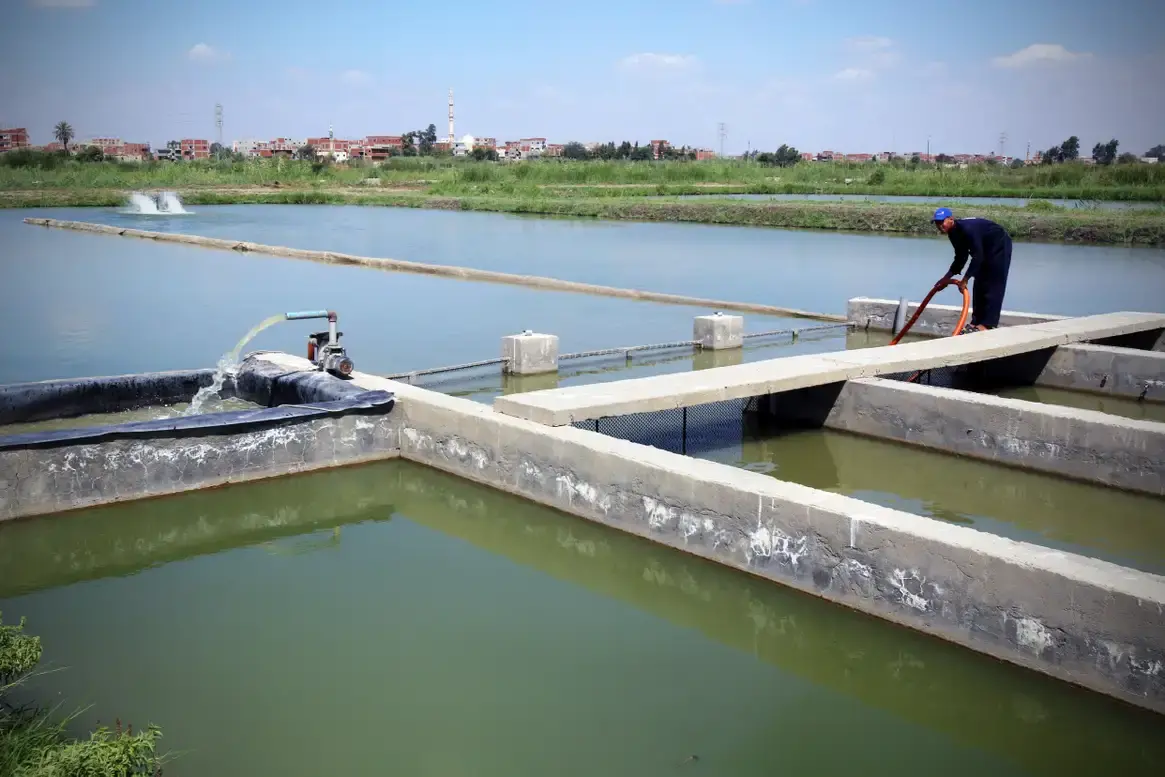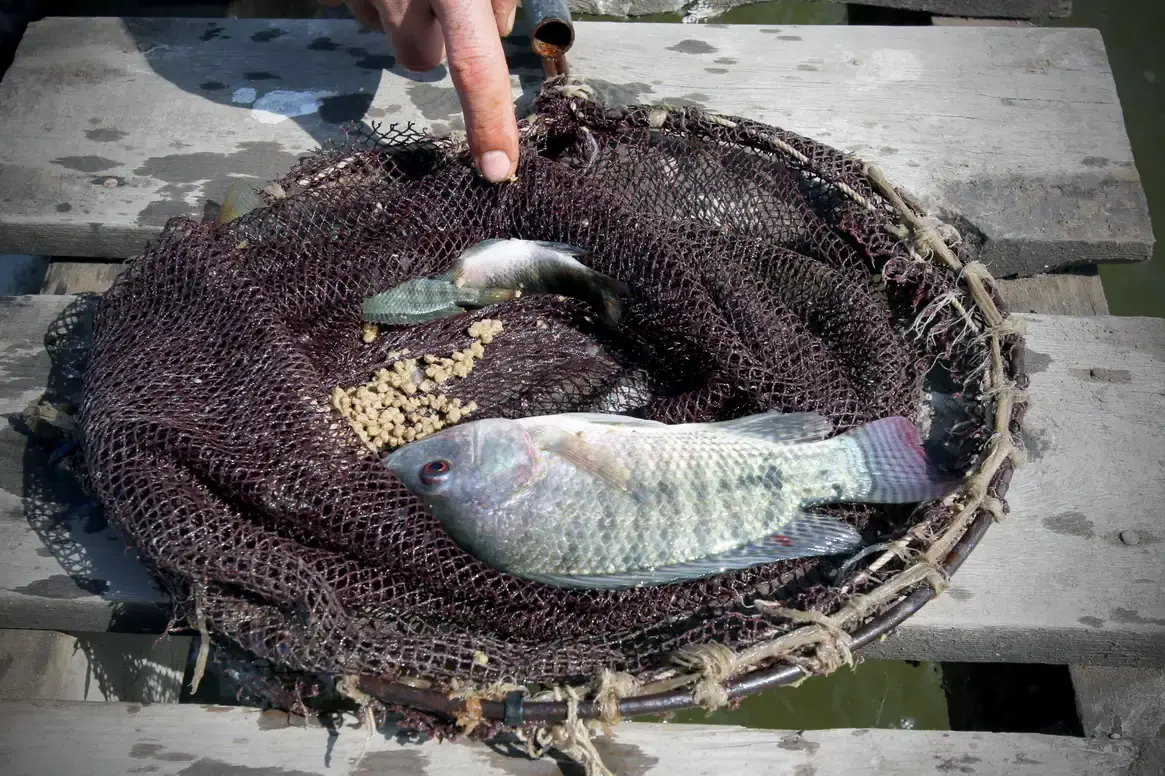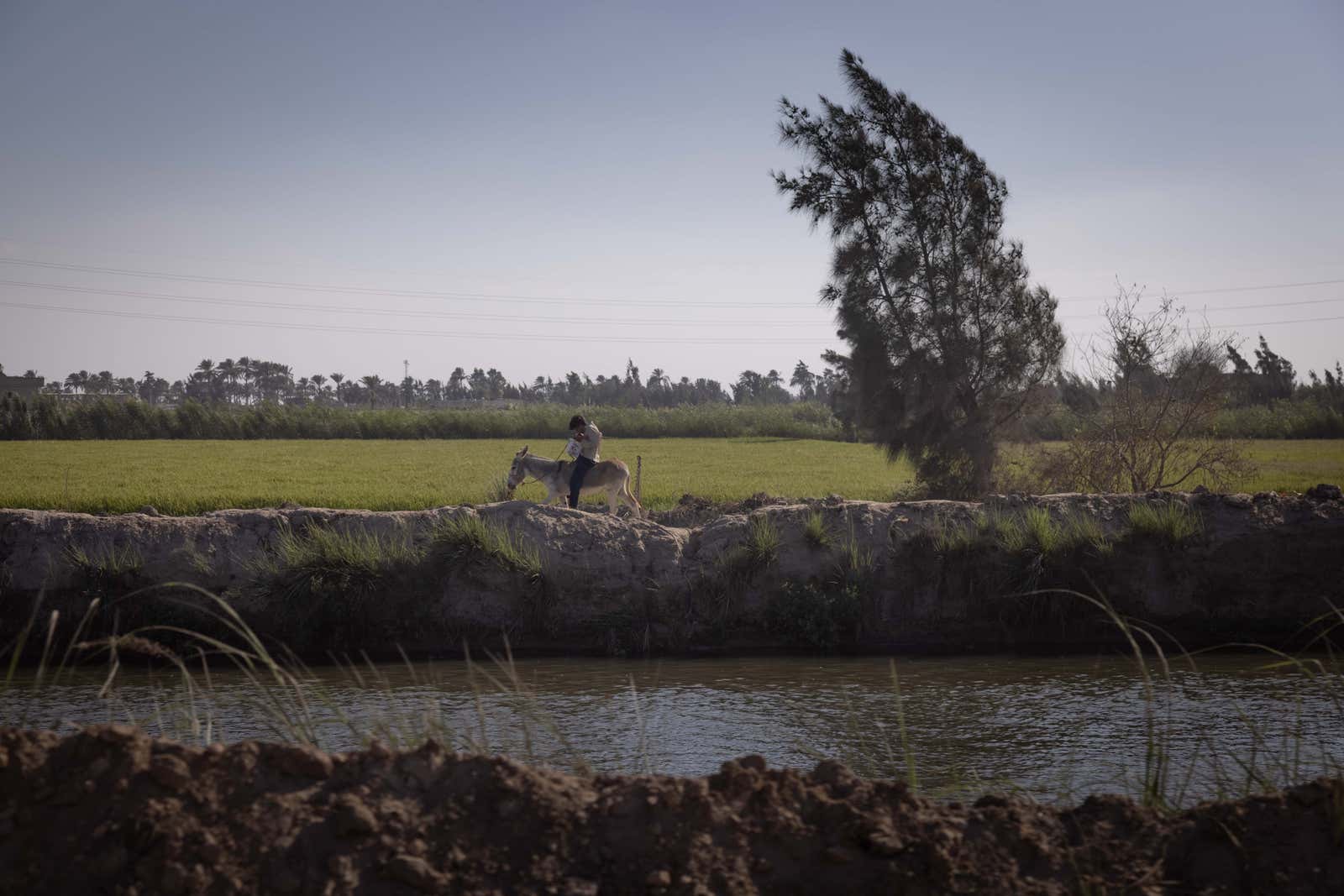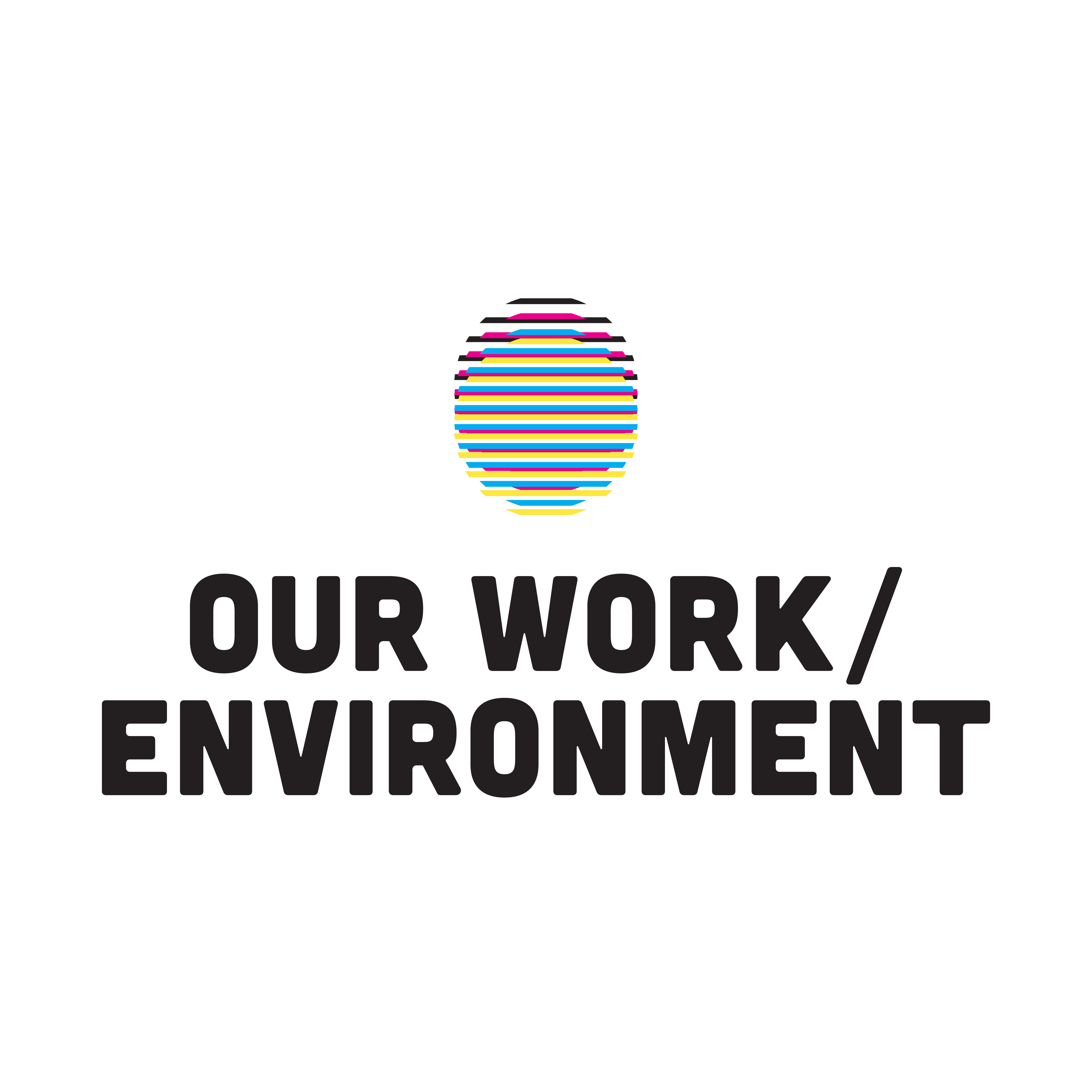Fish can produce more protein and profit with a lower water and carbon footprint

For Egypt, a country with a chronic shortage of water, expanding the fish farming industry may not seem like a practical strategy. But that’s just what some scientists and entrepreneurs say Egypt needs to cope with the impacts of climate change.
Egypt, is hosting this week’s COP27 climate summit, is already the top producer of farmed fish in Africa. Parts of the vast Nile Delta are dotted with man-made, open-air ponds stocked with tilapia, perch, and other fish. Aquaculture has become increasingly popular in recent years, as breeding and technology improvements make each pond more productive and profitable.
Fish farming produces more protein and revenue per acre than crop farming, and with a lower water and carbon emissions footprint per kilo of product, says Ahmed Nasr-Allah, the Egypt country director of WorldFish, an international nonprofit research organization. One kilogram of farmed fish requires about 1,000 liters of water to produce, Nasr-Allah says, while the same weight of rice or wheat can require two to four times the volume of water.
“Fish farmers are not really a consumer of water, they’re a user of water,” Nasr-Allah said. “While in agriculture, water is only used once, fish farmers are able to use it several times.”

As a nonprofit journalism organization, we depend on your support to fund more than 170 reporting projects every year on critical global and local issues. Donate any amount today to become a Pulitzer Center Champion and receive exclusive benefits!
But water scarcity and rising supply costs—the problems that loom over the Delta at large—are threatening to capsize the fish farming industry. With a rapidly growing population, an unstable global supply chain for food imports, rising temperatures, and limited land and water resources, Egypt could still find a promising path to food security and economic growth in pisciculture, Nasr-Allah says—but only if it can be done smarter.
New technology for climate-smart fish farming

Nasr-Allah, an aquaculture scientist and engineer, helped design a system that increases the water efficiency of a fish pond by concentrating thousands of fish in a narrow concrete channel within the pond. Oxygenated water and feed are pumped in through one end of the channel, with deoxygenated water and waste pushed out the other side.
The system, which WorldFish helps farmers install, can cost more than $10,000, out of reach for many of the Delta’s smallholder farmers. But Mahmoud Hashem, a lifelong fish farmer near the town of Sidi Salem, said the investment has been well worth it and has nearly paid for itself in the three years since he set it up.
When Quartz visited him, Hashem dipped into the pond with a net and drew out a glistening tilapia. Five months ago, he said, it was smaller than a finger. Now it’s bigger than his hand.
“In other farms, it would take a whole year to reach this size,” he said. “No one can produce so much food from just two [acres].”
Even with a more efficient system, Hashem faces challenges. The pumps require continual electricity to operate, for which Hashem uses a diesel generator. In the first year he owned the system, when he relied on the electric grid, a short blackout caused the pumps to fail and killed nearly all of his fish.
Because of the Delta’s overall water shortage, fish farmers are also not allowed to use fresh irrigation water, and instead have to use treated wastewater that is sometimes less clean than the water already in fish ponds. “The water gets worse and worse every year,” he says. “It’s been recycled a million times, and it’s almost like poison, with no oxygen or nutrients.”
Periodic heat waves destabilize the chemistry of ponds, leading to the spread of disease. And rising global prices for soy and other agricultural commodities have made fish feed much more expensive, Hashem said. “If the prices keep going up, we won’t be able to survive.”
Fish farmers need more government support
Instead of supporting farmers like Hashem, the Egyptian government’s policies have sometimes made fish farming more difficult. Rental prices paid to the government for fish farms on state-owned land have quadrupled in the last few years, even as regulation of water pollution from sewage and industrial sources has lagged, contaminating at least 1,300 fish farms, according to a 2022 investigation by Climate Tracker.

In 2017, the government also opened its own 4,000-acre commercial fish farm, which researchers and fish farmers blame for contributing to the rising cost of feed. The government farm also undercuts the fish prices offered by independent farmers.
Instead, Nasr-Allah says, fish farming should be embraced by policymakers as a powerful form of climate change adaptation. For that to happen, farmers will need more financial support to improve their access to technology and subsidize the cost of feed—before they go out of business.
“Many of the open ponds could close soon because they’re losing so much money,” says Hazem Eltawab, CEO of a startup called ReNile, which produces web-enabled hardware for fish farming. “We’re at a turning point where they need to change or they’ll collapse.”













